Wedgwood's craftspeople produce objects that dignify our lives daily in countless ways — here's hoping that better times lie ahead
Country Life's cultural commentator Athena analyses the concerning developments at Wedgwood.
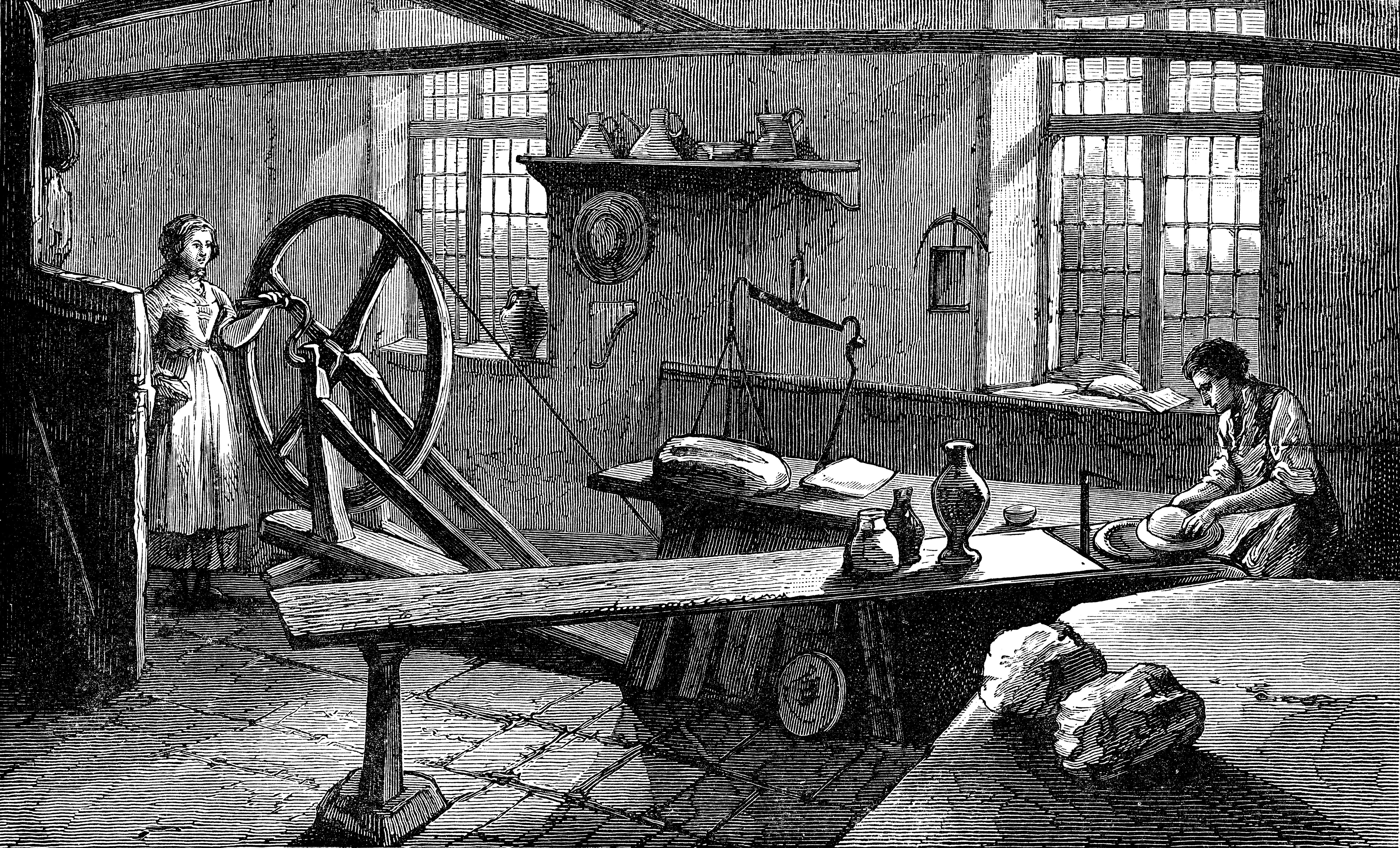
Last week, the Wedgwood factory in Barlaston, Staffordshire, paused its production for up to 90 days. According to the official statement issued by the Fiskars Group, the Finnish company that has owned Wedgwood since 2015, ‘this short-term measure is being taken to address elevated inventory levels caused by lower consumer demand in some of our key markets. A total of 70 employees will be placed on temporary leave’. That number includes the skilled workers who produce both fine bone china pieces for the company and the Jasperware that made Josiah Wedgwood (1730–95) internationally famous and rich. Many of the methods of production for the latter are unchanged since the 18th century. Factory tours have also ceased.
The official line about this suspension is that there is nothing to worry about. Athena hopes so. Certainly, the workforce is being fully paid for its duration. Yet it is hard not to feel a little nervous, particularly against the backdrop of several years of steeply rising energy costs, which represent a massive expense in ceramics production.
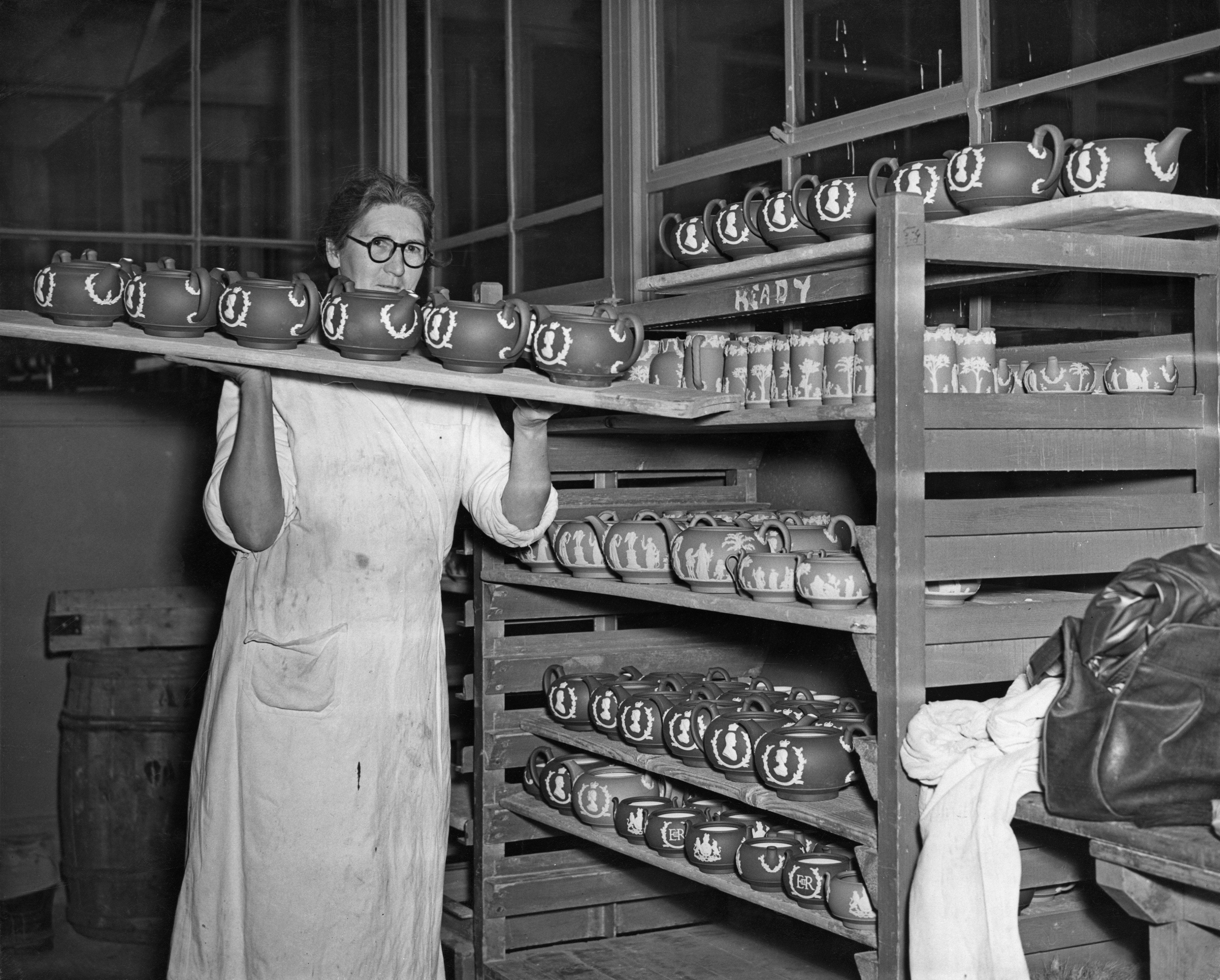
Better times? The Wedgwood factory in Barlaston in the 1950s.
Added to which, since the late 1980s — admittedly under different ownership — the company has had a tempestuous time. Not only did it notoriously neglect Barlaston Hall — which was eventually purchased for £1 and rescued by SAVE Britain’s Heritage — but it outsourced much of its work from the 1990s to Indonesia, laying off UK staff and materially reducing the perceived value and British association of its products. Then, in 2009, it went into administration and the resulting sale of the Wedgwood collection — now in the care of the V&A Museum — as a means of paying staff pension debts became another cultural cause célèbre. Hopefully, this suspension is not a harbinger of further difficulties.
Whatever the case, the previous travails of the company suggest a failure to grasp the particular combination of quality, craftsmanship and history that make its ceramics so special. That is perhaps hardly surprising, however, given wider British attitudes to industrial art in general. Today, it’s commonly treated as if it were too utilitarian to qualify as art and too suspiciously aesthetic to be regarded as industry. We should take it much more seriously as a living and creative tradition.

The Wedgwood museum at the factory in Barlaston.
In the case of the various potteries that still operate around Stoke-on-Trent, including Emma Bridgewater and the Burleigh Factory, for example, a highly skilled workforce continues to produce vast numbers of objects that dignify our lives daily in countless ways. Look at the mugs in your kitchen, the crockery you use or the objects on your chimneypiece.
The only sadness is that the dishwasher destroys so many historic ceramics. We should struggle against the temptation to save the labour of washing up and leave such things unused and invisible at the back of a cupboard collecting dust. Even if they only come out once or twice a year, they are a joy to use.
Exquisite houses, the beauty of Nature, and how to get the most from your life, straight to your inbox.
Athena is Country Life's Cultural Crusader. She writes a column in the magazine every week
-
 Utterly wonderful country homes for sale across Britain, from a 10-bedroom mansion to a Devon hideaway, as seen in Country Life
Utterly wonderful country homes for sale across Britain, from a 10-bedroom mansion to a Devon hideaway, as seen in Country LifeFrom an irresistibly charming house in Devon to a 400-year-old commutable home in Hertfordshire, here's our pick of some of the best homes to come to market via Country Life in the past week.
-
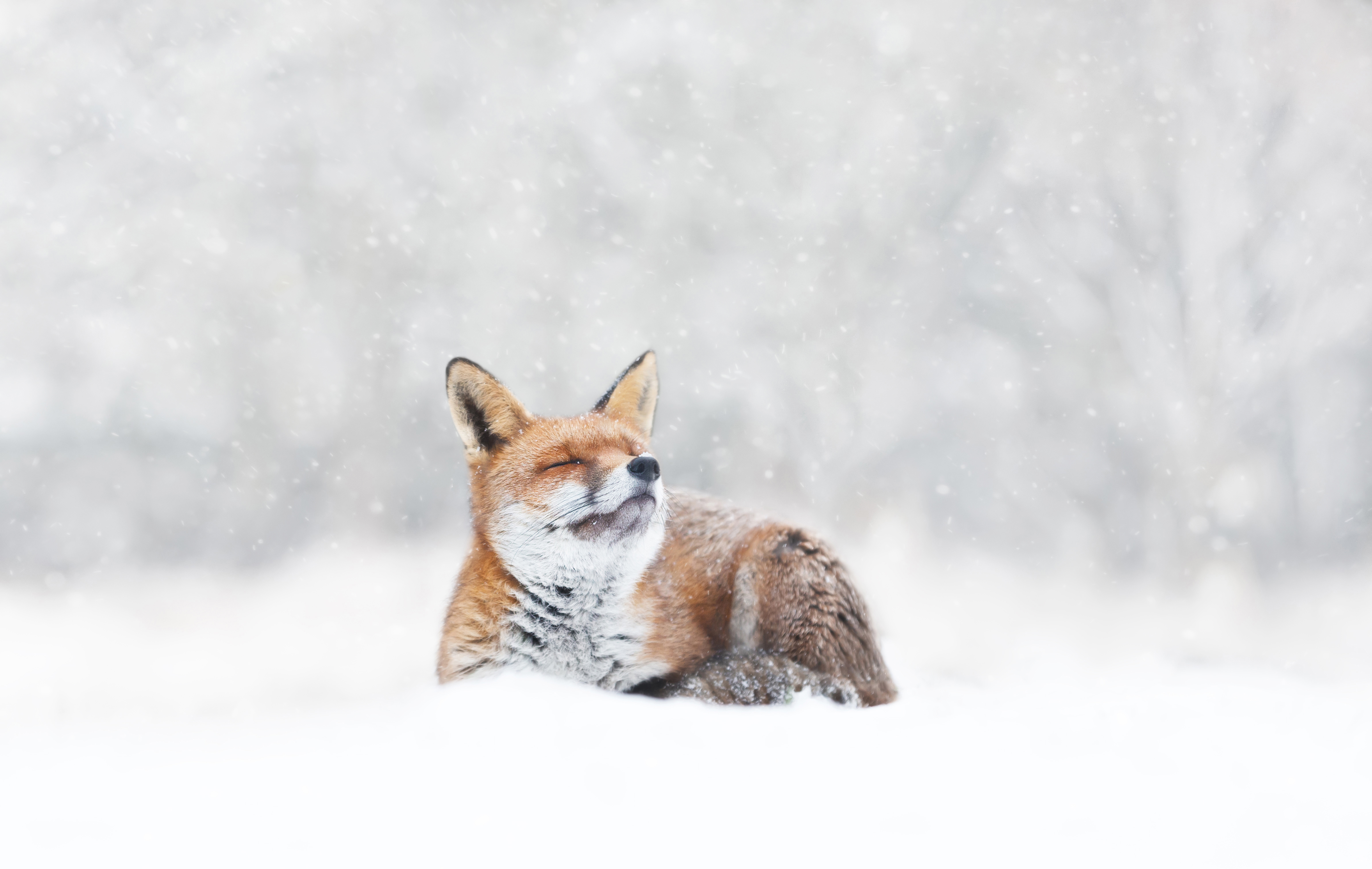 Baby, it’s cold outside (even if you have a natural fur coat): How our animals brave the winter chill
Baby, it’s cold outside (even if you have a natural fur coat): How our animals brave the winter chillWhen the temperature drops, how do Britain’s birds, beasts and plants keep the cold at bay? John Lewis-Stempel reveals Nature’s own thermals.
-
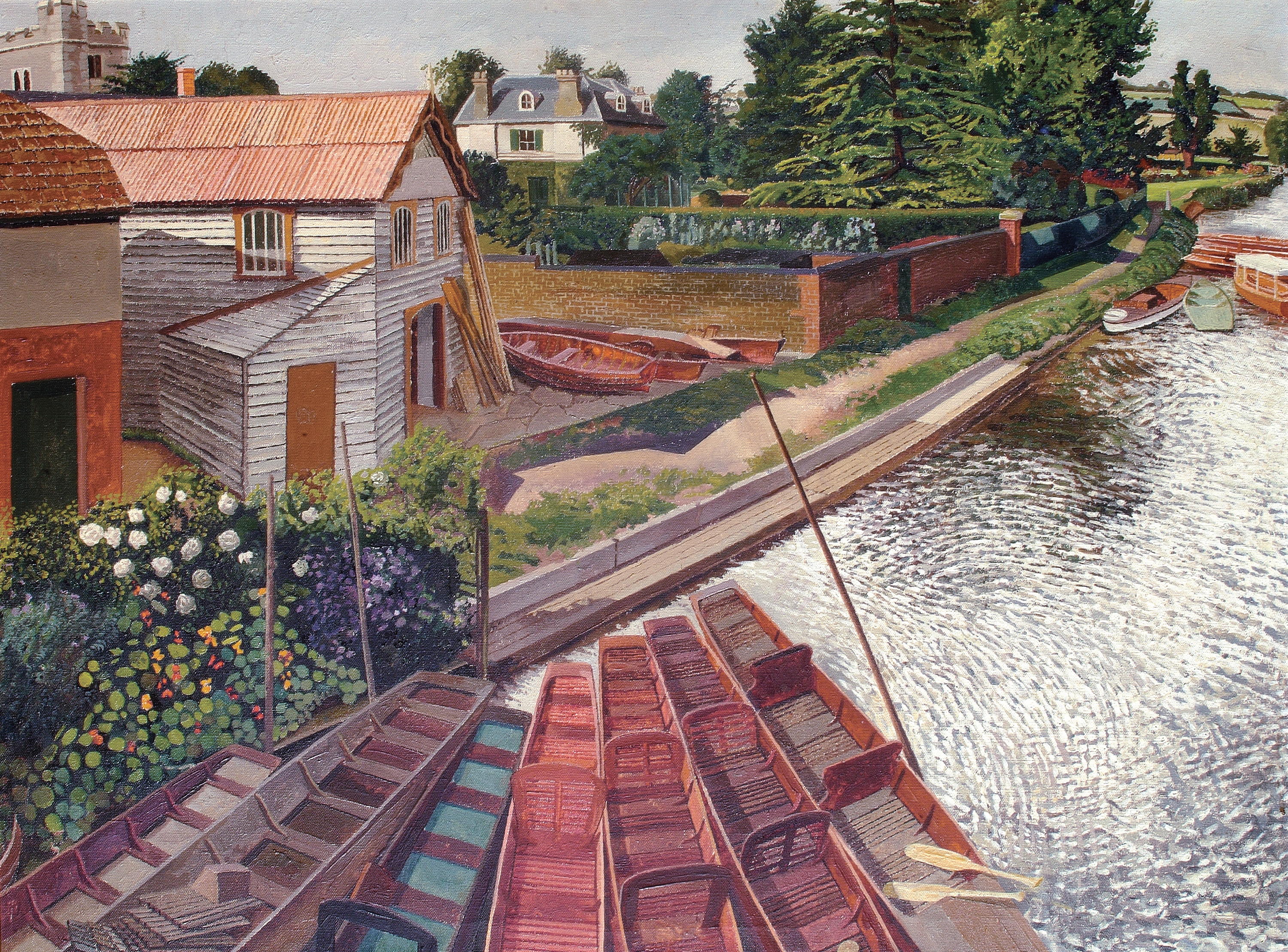 'Love, desire, faith, passion, intimacy, God, spiritual consciousness, curiosity and adventure': The world of Stanley Spencer, a very English visionary
'Love, desire, faith, passion, intimacy, God, spiritual consciousness, curiosity and adventure': The world of Stanley Spencer, a very English visionaryStanley Spencer’s talent for seeing the spiritual in the everyday, his stirring sense for the wonder of Nature and his love for the landscapes of Berkshire and Suffolk shaped his art, as Matthew Dennison reveals.
-
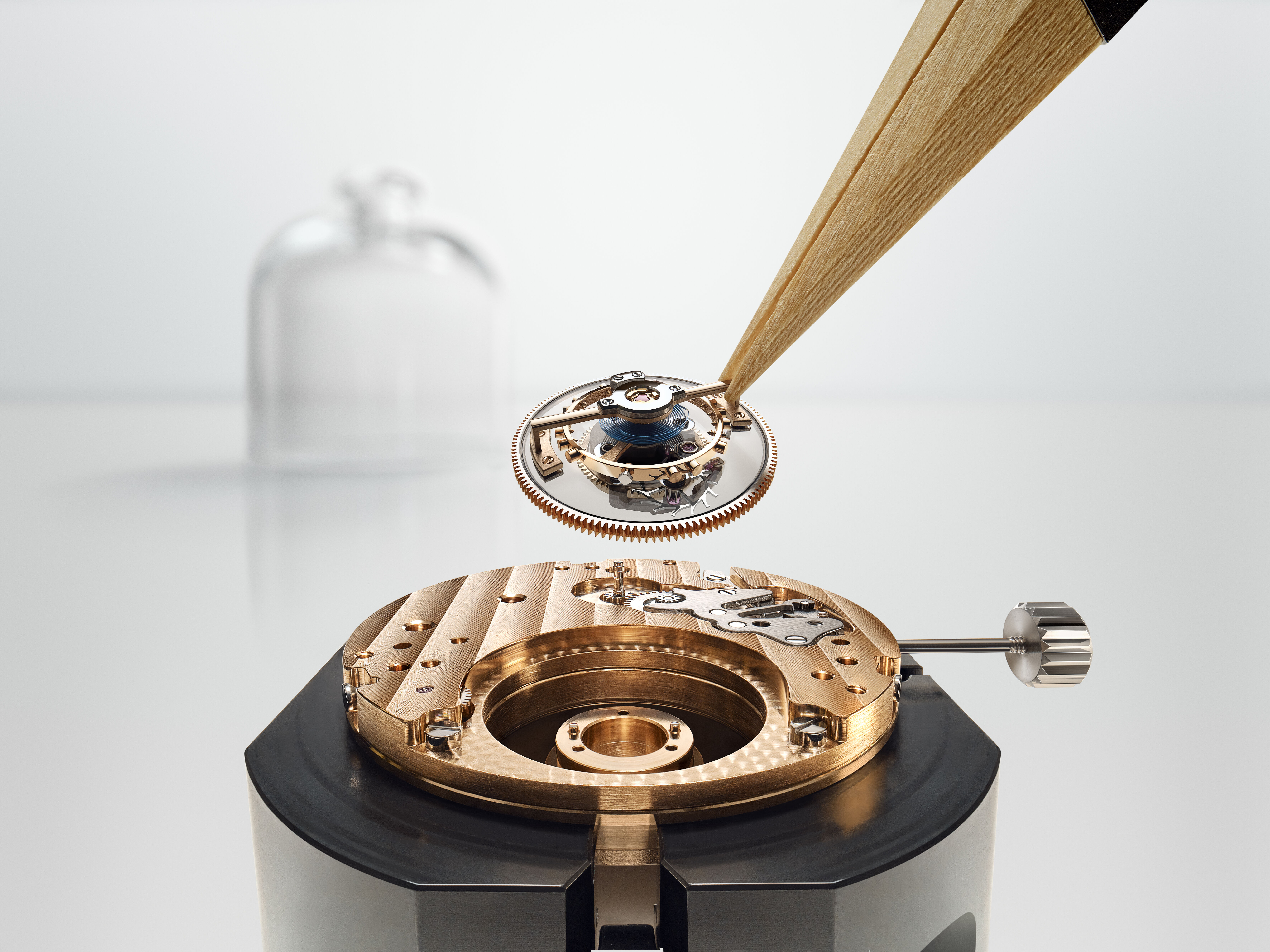 The tourbillon watch is a masterpiece of order born out of tumult and disarray
The tourbillon watch is a masterpiece of order born out of tumult and disarrayWhat is it that makes the tourbillon — one the most beguiling instruments in watchmaking — tick?
-
 What a report on the spending of female billionaires tells us about the future of museum collections
What a report on the spending of female billionaires tells us about the future of museum collectionsBetween 2015 and 2024, the number of female billionaires grew from 190 to 344. Could this be good news for the art world?
-
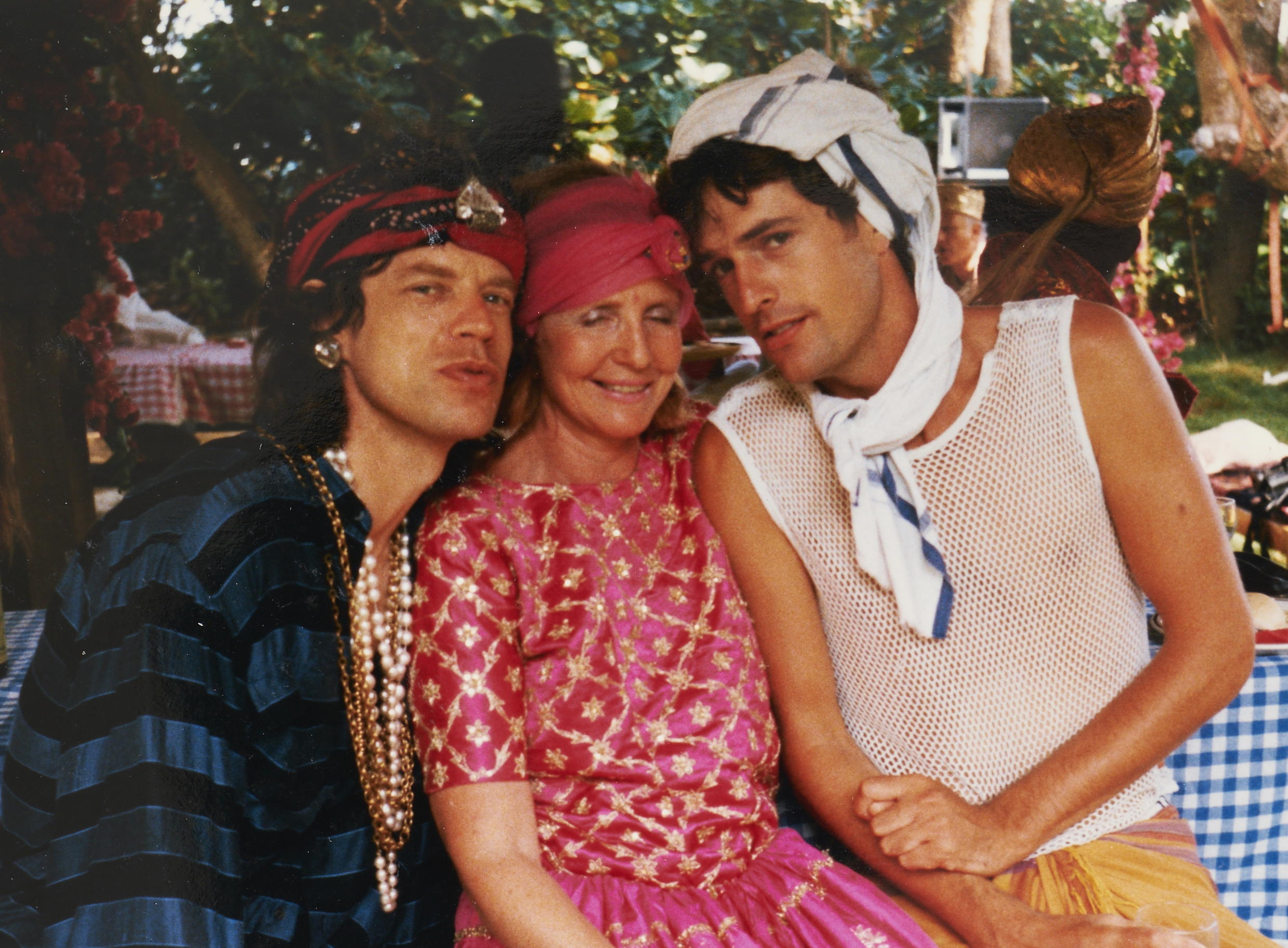 Items from the collection of Lady Glenconner are going under the hammer, including a nine-carat gold Cartier box gifted to her by Elizabeth II
Items from the collection of Lady Glenconner are going under the hammer, including a nine-carat gold Cartier box gifted to her by Elizabeth II‘I have had such great pleasure living with these wonderful objects, each telling their own fascinating story.’
-
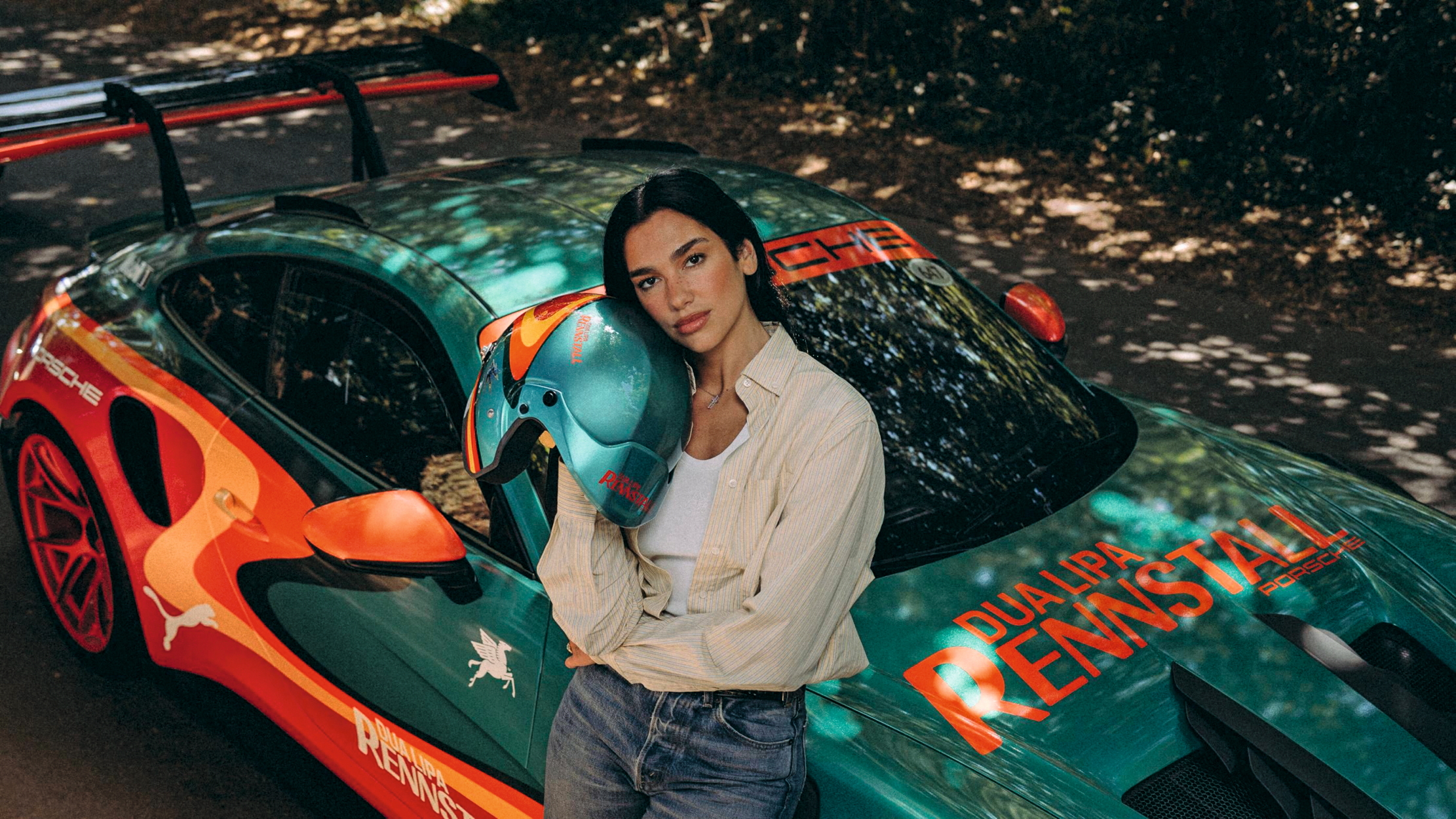 What do women want (on wheels)?
What do women want (on wheels)?James Fisher gets to drive fast cars for a living, but are sleek lines and high horsepower quite the 'babe magnets' so many men think they are? On a quest to find the truth, he dared do the unthinkable.... which was to just ask them.
-
 Cheaper to steal than to buy: Napoleon's brooch sells for £4.4 million – 17 times its estimate
Cheaper to steal than to buy: Napoleon's brooch sells for £4.4 million – 17 times its estimateNapoleon's one-of-a-kind brooch went under the hammer and vastly outstripped its pre-sale estimate.
-
 Savile Row might be the beating heart of bespoke men's tailoring, but it was named after a woman
Savile Row might be the beating heart of bespoke men's tailoring, but it was named after a womanSavile Row is the home of the bespoke suit, but its history is a lot more colourful than you might expect.
-
 A painting owned by Edward Guinness is on display next to a near identical version at Kenwood House — but which one is the real Vermeer?
A painting owned by Edward Guinness is on display next to a near identical version at Kenwood House — but which one is the real Vermeer?A mini exhibition at Kenwood House allows viewers to ‘to practise their own connoisseurship’.

